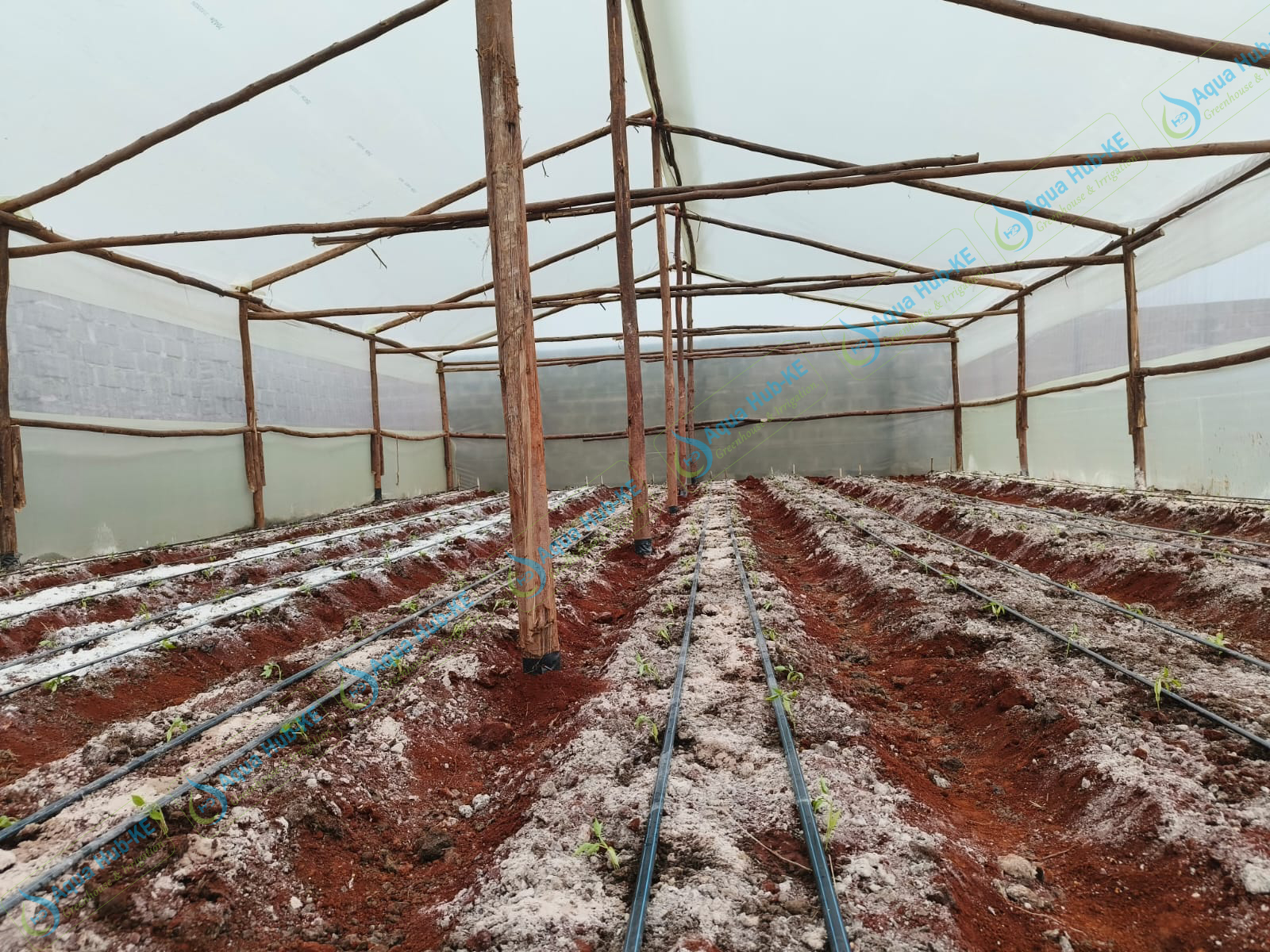Greenhouse farming requires training or proper information for farmers new to the venture or any other farmer to counter the changing needs of crops. This greenhouse farming guide explores how greenhouses are essential in production, best crops to grow and management tips.
Climate and weather conditions always change and thus affect the greenhouse environment and crop production.
How Greenhouse Farming Influences Quality Production
The importance of greenhouse farming is the ability to boost productivity in agriculture through quality and higher yield. It is through various innovative features that optimize temperature, air, and moisture rates thus better growth conditions.Greenhouse Farming Guide: Profitable Variety of Crops
A greenhouse environment supports the growth of various crops including.Radishes
Radishes are vegetables common in Europe and other parts of the world. Produces root tubers rich in fibre, potassium, manganese, magnesium, and calcium.Conditions for Growing Radishes
- Soil – Requires moist soil with a PH of 6.0 to 7.0
- Temperature – At least 6 hours of sunlight daily, equates to a temperature of 50°F to 70°F. Ensure proper greenhouse polythene thickness (200-micron level)
- Water needs – Requires moisture supply to at least 1 inch deep below the soil every week.
Strawberries
A variety of strawberries are among the profitable fruits that do well in greenhouse environments. The plant utilizes sufficient water supply and nutrient distribution enhanced through drip irrigation.Growing Needs of Strawberries
- Soil – The suitable soil PH ranges from 5.5 to 7.0.
- Temperature – 60°F to 80°F
- Duration – takes 80 – 90 days from planting to harvest
- Water needs – requires high water needs during the flowering stage.
Lettuce
Lettuces is a leafy green vegetable that can be planted in open fields and greenhouses.Ideal growing conditions
- Temperature – 45-65°F
- Water – Requires high moisture for fresh, green, and fleshy leaf formation.
- Soil – Loam soil of PH ranging from 6.0 to 7.0.
Determinate Tomatoes
Tomatoes require hot environments and pest-controlled environments such as greenhouses. To ensure proper tomato growth.- Temperature – A temperature of 55 °F is optimal for tomato growth.
- Water needs – depends on the phase of growth. High water needs occur in propagation, transplanting, and flowering periods.
- Soil – Well-drained and fertile loose soil.
Greenhouse Farming Guide for Higher Profitability
Training
Greenhouse farming training is ideal for the proper use of drip irrigation methods, and well-drained soil. Farmers need proper training on irrigation schedule, duration, crop propagation and effective fertilizer application.Management of Greenhouse Plants
Proper management of irrigation, temperature, and humidity conditions are key for ideal plant growth in greenhouses. The structure should be under close monitoring to ensure damages are detected and fixed early.Agronomical Support
It is good to hire or engage an agronomist on your greenhouse farm to guide and monitor crop growth, nutrient application, and better pesticides to use.Proper weed control techniques
Conducting proper weed control measures such as applying organic mulches is good to lower weed count.Conducting Soil Test
Before embarking on Cultivation, it is ideal to find an agronomist to test the PH of your soil and recommend a suitable crop.Supplier of Quality Greenhouses in Kenya
Aqua Hub Kenya makes your crop production more profitable and easier with high quality greenhouse farming structures. We also give proper greenhouse farming guide on effective and sustainable practices that includes irrigation, weed and fertilizer control. Learn the Cost of our greenhouse here, Greenhouse Prices in Kenya Call 0790719020Frequently Asked Questions
- Tomatoes
- Green and Yellow Capsicum
- Cucumbers
- Herbs (basil, chives)
- Cut flowers (mostly done by large-scale farms)
- Leafy vegetables ( cowpeas, sukuma wiki, spinach)
Greenhouse farming enhances the utilization of small pieces of land to produce higher crop yields. It boosts profitability and income generation while also cutting down production costs.
The cost depends on the crops you choose to grow, farm size and greenhouse size. It can range from KES 100,000 t0 KES 1,000,000.
Greenhouse farming when properly designed with sufficient ventilation, releases less greenhouse gases. Organic greenhouse farming practices such as mulching and organic weed control prevents environmental and soil pollution.
You can start with any size that is manageable or within your budget. Standard ones available;
- 8 x 15 m
- 8 x 24 m
- 8 x 30 m
- 16 x 24 m
- 16 x 30 m




